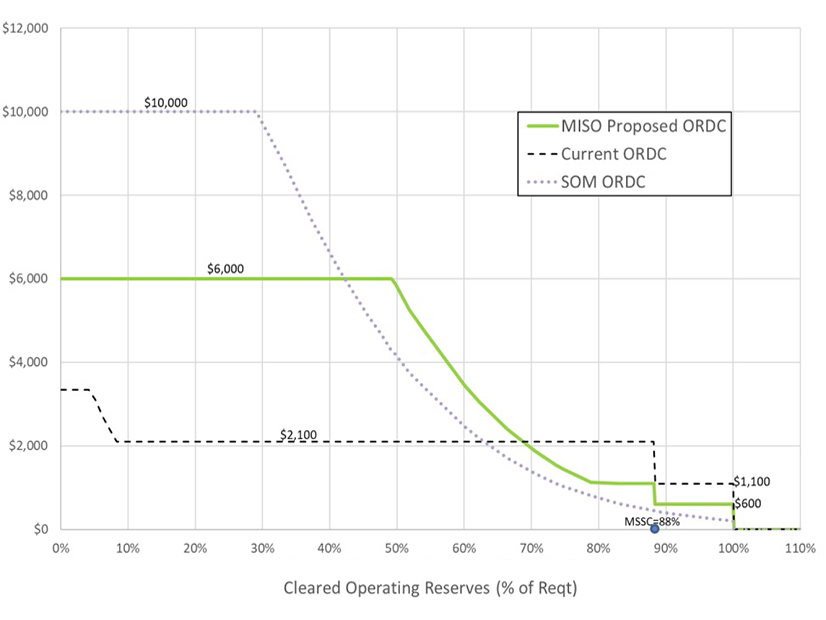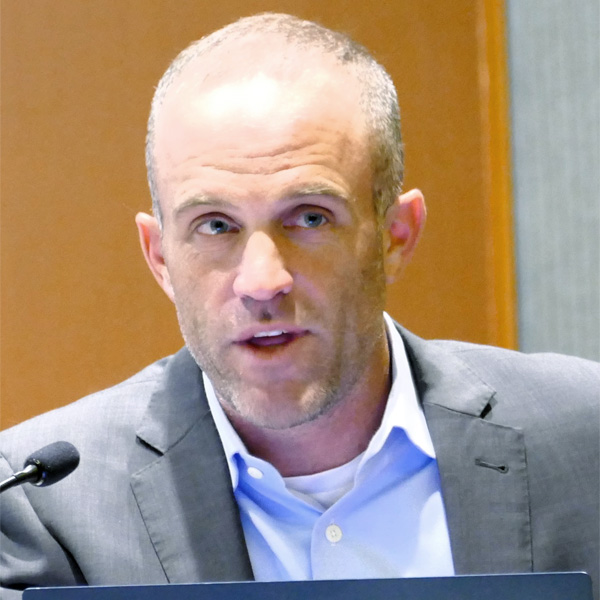After a fresh FERC review, Invenergy has walked away with half the authorizations necessary to charge negotiated rates for transmission service on its $7 billion, 5-GW Grain Belt Express transmission project.
Late last year, Invenergy sought FERC permission to amend its negotiated rate authority for Grain Belt Express because the merchant transmission project’s design had changed substantially since FERC originally granted authority in 2014 (ER24-59).
FERC scrutinized the project using its four-factor test. The commission said while Grain Belt satisfied its requirements for just and reasonable rates and regional reliability, it lacked information on whether Grain Belt would parcel out capacity on its line fairly.
“We reserve judgment on whether Grain Belt’s capacity allocation process satisfies the commission requirements for undue discrimination and undue preference (factors two and three). We will make a determination regarding those factors at such time as Grain Belt submits a filing providing sufficient detail to evaluate whether its capacity allocation process satisfies the commission’s requirements, either in advance of its open solicitation or post-open solicitation,” FERC wrote in a Feb. 29 order.
FERC said while Invenergy requested “flexibility” for its upcoming capacity allocation process, it provided only “limited detail on the selection process or selection criteria for the commission to evaluate.” The commission said it couldn’t be confident Invenergy would not bestow undue preference on generation affiliates when selling the line’s capacity.
Invenergy said last year it intends to launch an open solicitation for takers of capacity on the first, 2.5-GW phase of the line, which runs from Kansas to Missouri. In its filing, it said it has hired the Brattle Group to serve as an independent consultant and oversee the open solicitation for a “portion of capacity for Phase 1.” Invenergy said the Brattle Group will develop selection criteria and ensure the solicitation is conducted in a transparent and non-discriminatory manner. Invenergy also promised a post-solicitation compliance filing to FERC.
The Missouri Joint Municipal Electric Utility Commission already has agreed to buy up to 225 MW of capacity on Grain Belt.
The Missouri Landowners Alliance protested Invenergy’s request to amend its negotiated rate authority and said the commission should require Invenergy to reapply for permission to offer capacity on Grain Belt at negotiated rates. The landowners argued that project ownership, capacity and interconnection points have changed too drastically since FERC originally granted Grain Belt’s negotiated rate authority.
Invenergy acquired development assets for Grain Belt from Clean Line Energy Partners in 2018. The Missouri Landowners Association argued Invenergy didn’t notify FERC of the handover and the expansion of the project. (See Invenergy Announces Grain Belt Express Expansion.)
The association also voiced concern that Invenergy “controls a large inventory of energy facilities,” including generation, and suggested it could give its affiliate customers preferential treatment or have an incentive to withhold capacity. It cautioned FERC that Grain Belt’s “use of an independent evaluator should not take the place of regulatory scrutiny and guidance.”
Invenergy rebutted that FERC rules don’t allow it to unduly discriminate or show undue preference in the open solicitation process.
The association also accused Invenergy of beginning negotiating capacity sales ahead of its future open solicitation. Invenergy said the Missouri landowners’ allegation was incorrect and based on the association conflating sales of transmission service with a sale or lease of an undivided interest in Grain Belt.
FERC didn’t address the debate because it left those sections of the four-factor test undecided.
The Sierra Club in late October wrote to support negotiated rate authority for Invenergy.
“The Grain Belt Express Project will lower electricity costs for consumers, markedly improve the economic operation of these regional electric grids, offer significant resilience value — especially during storms and other high-demand events — and improve resource adequacy for customers and utilities,” the environmental group said.
Invenergy plans to begin construction on Grain Belt in early 2025 and has said it already secured 95% of the land necessary for Phase 1 of the project. The Kansas-to-Illinois line will connect SPP, Associated Electric Cooperative, MISO and PJM. Invenergy has selected Siemens Energy to provide the HVDC technology for the first phase of the 800-mile line.
Invenergy said it expects to put separate filings for approval before FERC to transfer Phase 1 capacity to buyers and/or lessees via sales and/or leases of undivided interests in the transmission line. Those require individual approvals.

